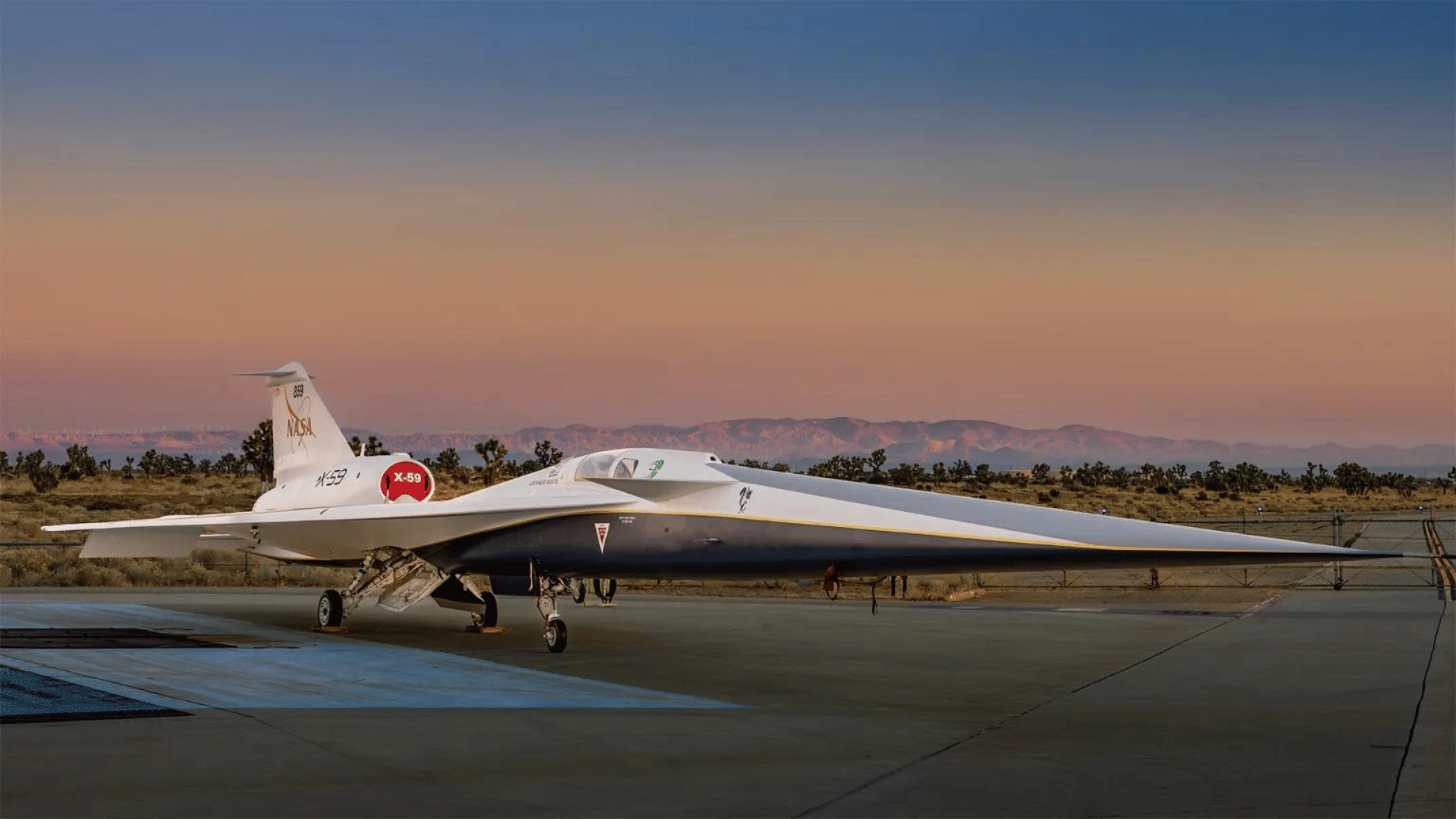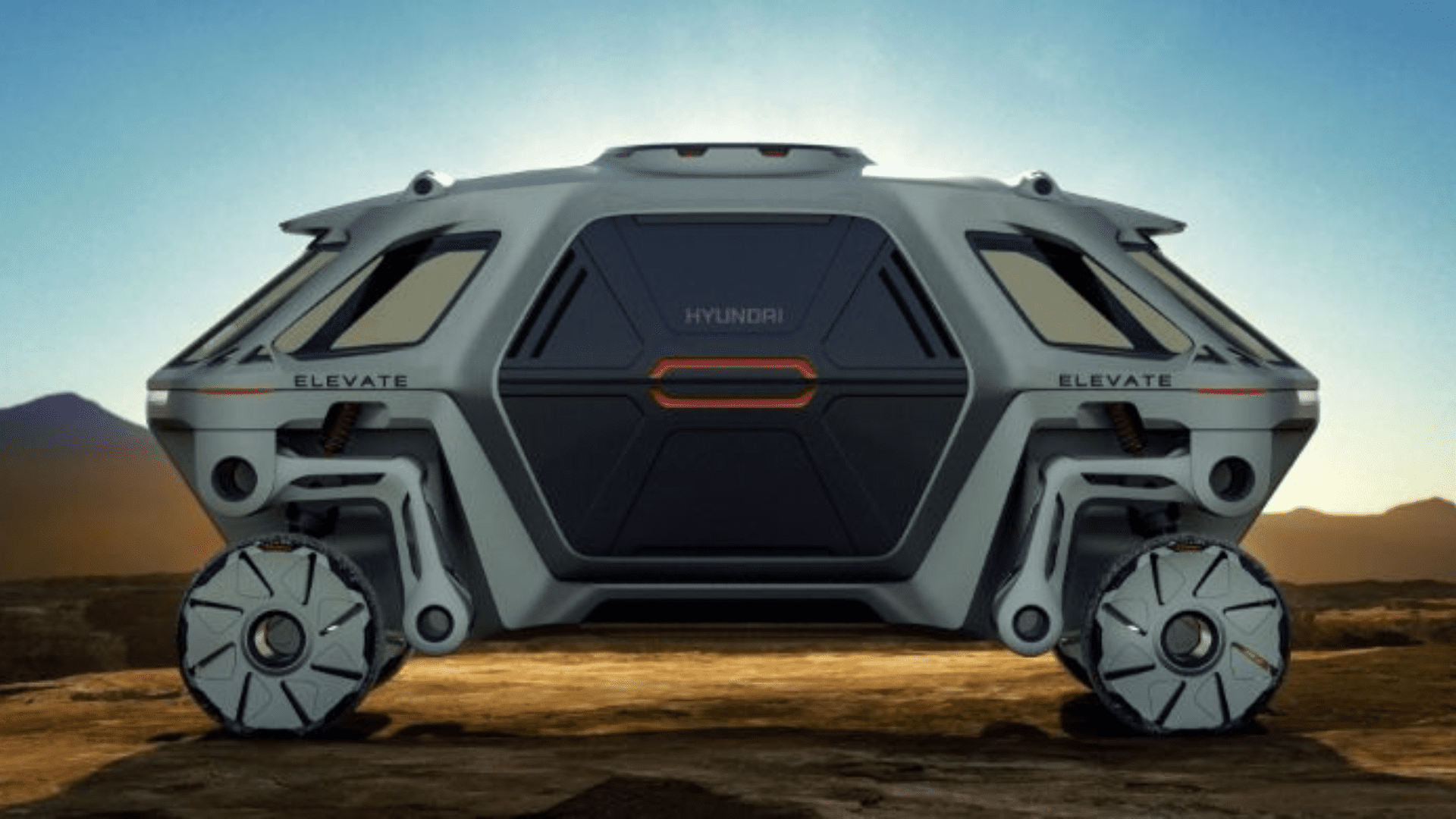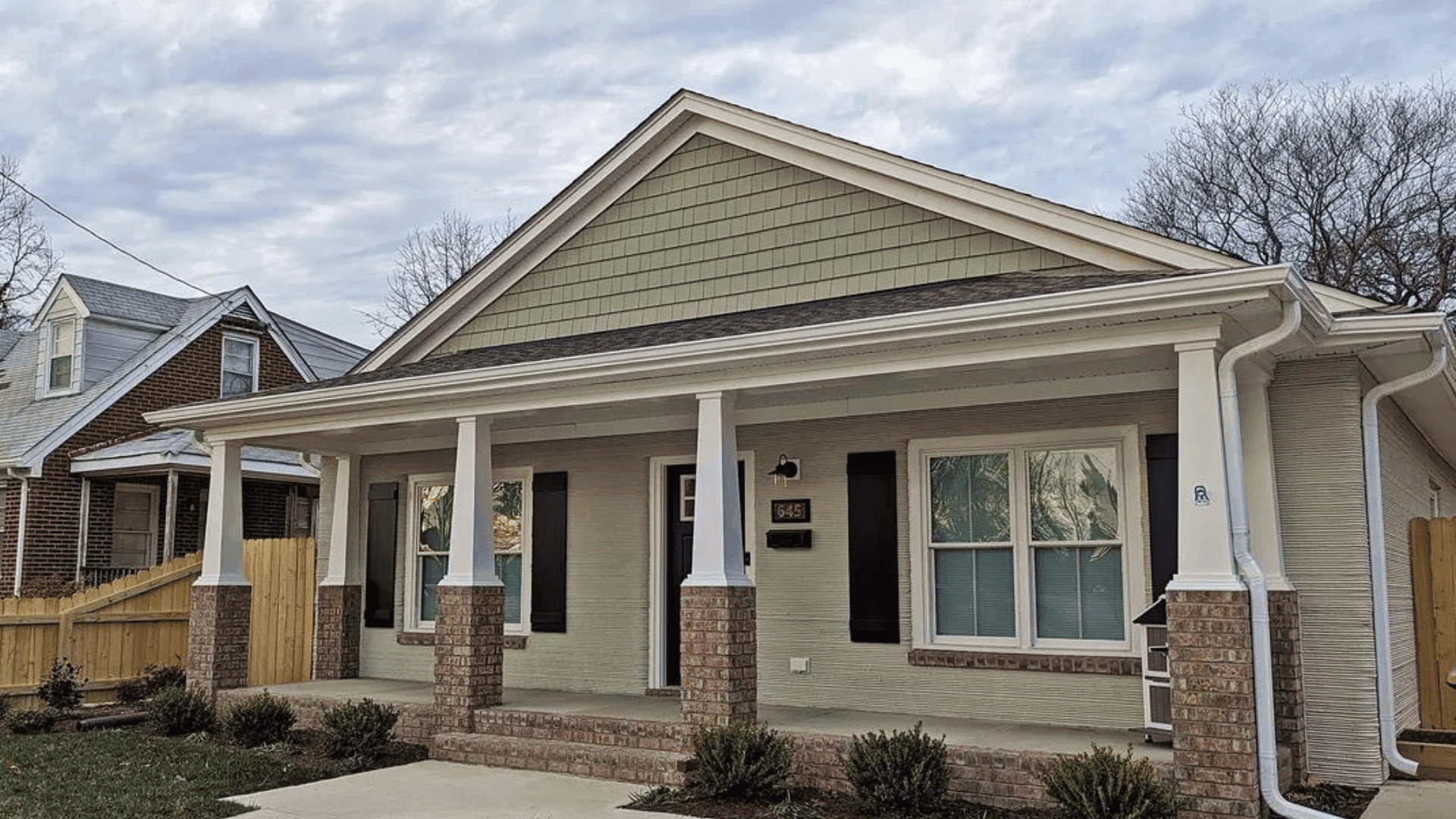NASA and Lockheed Martin are developing the X-59, a quiet supersonic plane that can fly faster than the speed of sound.

This one-of-a-kind aircraft is at the center of NASA’s Quesst mission, which provides data to help regulators reconsider rules that prohibit commercial supersonic flight over land. Supersonic flights have been prohibited in the US for 50 years because of the disturbance that the supersonic booms cause on communities below.
“This is a major accomplishment made possible only through the hard work and ingenuity from NASA and the entire X-59 team,” said NASA Deputy Administrator Pam Melroy. “In just a few short years we’ve gone from an ambitious concept to reality. NASA’s X-59 will help change the way we travel, bringing us closer together in much less time.”
The X-59 is predicted to fly at 1.4 times the speed of sound or approximately 925 miles per hour. The X-59’s thin tapered nose will break up the shock waves that would ordinarily result in a supersonic aircraft causing a sonic boom.
Explore Tomorrow's World from your inbox
Get the latest science, technology, and sustainability content delivered to your inbox.
I understand that by providing my email address, I agree to receive emails from Tomorrow's World Today. I understand that I may opt out of receiving such communications at any time.
Due to this design, the cockpit is located almost halfway down the length of the aircraft without a forward-facing window. The Quesst team developed the eXternal Vision System with a series of high-resolution cameras feeding a 4K monitor in the cockpit.
In addition to the cockpit design, the aircraft also has an engine mounted on top with a smooth underside to help keep the shockwaves from merging behind the aircraft and causing a sonic boom.
“It’s thrilling to consider the level of ambition behind Quesst and its potential benefits,” said Bob Pearce, associate administrator for aeronautics research at NASA Headquarters in Washington. “NASA will share the data and technology we generate from this one-of-a-kind mission with regulators and with industry. By demonstrating the possibility of quiet commercial supersonic travel over land, we seek to open new commercial markets for U.S. companies and benefit travelers around the world.”
The X-59 is anticipated to take its first flight later this year after additional integrated systems testing, taxi testing, and engine runs. The Quesst team will hold the aircraft’s flight tests at Skunk Works before transferring it to its base of operations at NASA’s Armstrong Flight Research Center in Edwards, California.
After these tests are completed, NASA will fly the aircraft over select US cities and collect input about how people in those cities perceive the sound. That data will be provided to the Federal Aviation Administration and international regulators in hopes of lifting the bans on supersonic flight.
“Across both teams, talented, dedicated, and passionate scientists, engineers, and production artisans have collaborated to develop and produce this aircraft,” said John Clark, vice president and general manager at Lockheed Martin Skunk Works. “We’re honored to be a part of this journey to shape the future of supersonic travel over land alongside NASA and our suppliers.”







